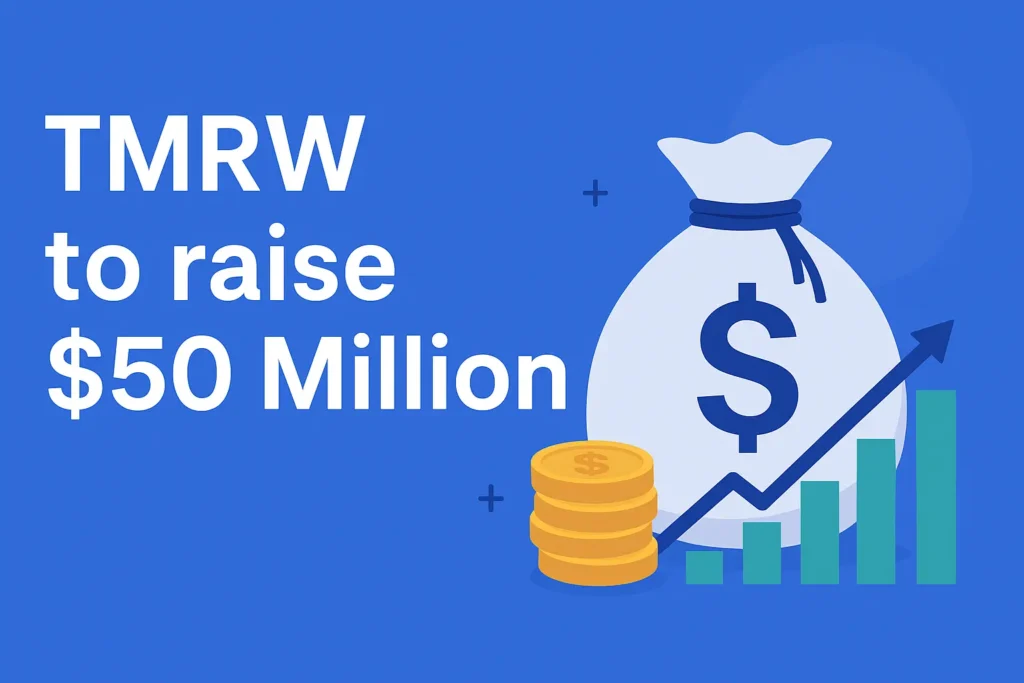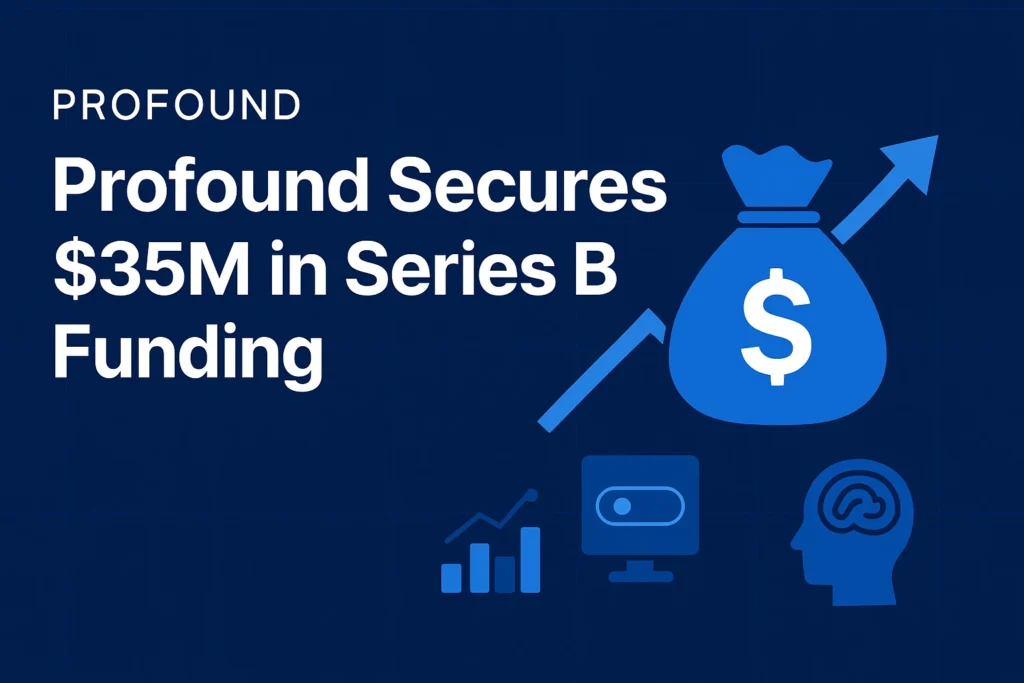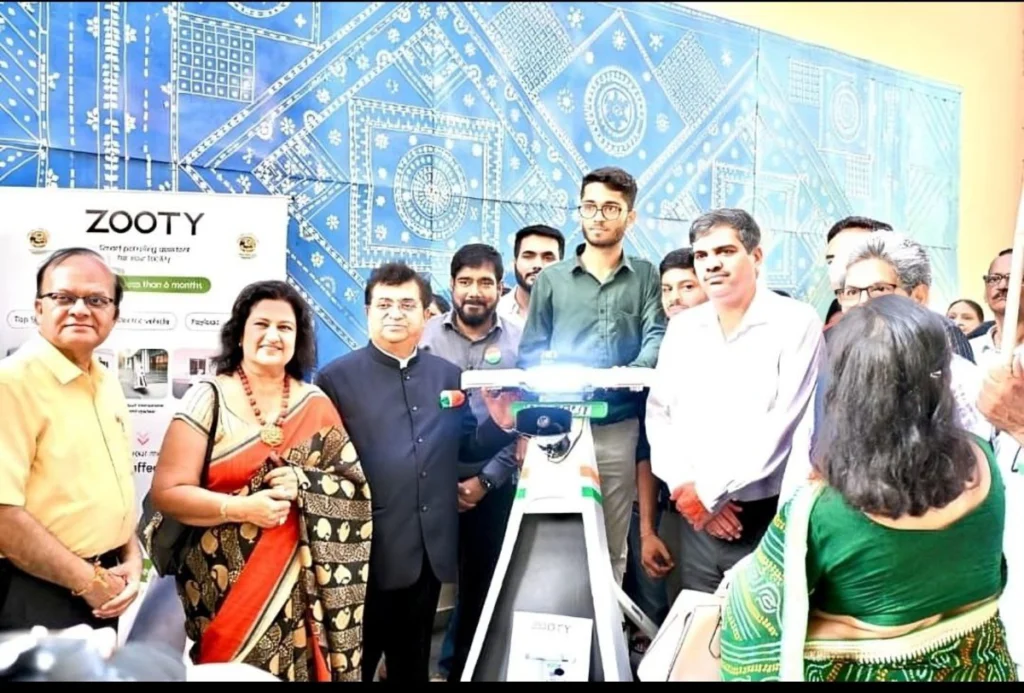HULO, the Dutch WaterTech startup using AI to detect leaks in water infrastructure worldwide, has secured €2.3 million in seed funding led by VP Capital and LUMO Labs, with participation from Vanagon, Rabobank, FOM, and the Netherlands Enabling Water Technology fund (NEW). But beyond the prestigious investor lineup spanning venture capital, banking, and government entities, this funding round raises a crucial question: why is seed capital flowing into software-based leak detection when hardware sensor companies dominate the water infrastructure market, and 30% of global water loss persists despite decades of investment?
The $5.3 Billion Problem Nobody Could Solve Cost-Effectively
The answer lies in understanding what’s happening beneath the surface of water infrastructure economics. Despite the global water leak detection systems market valued at $2.7 billion in 2023 projecting explosive growth to $5.3 billion by 2030—representing 9.8% compound annual growth—the sector faces a critical efficiency gap. Traditional methods require expensive hardware installations, district metered areas, and physical inspections, yet 30% of treated water globally escapes through aging networks before reaching consumers, translating to equivalent water loss of 4 million Olympic-size swimming pools annually that HULO alone targets saving by 2030.
HULO operates a SaaS-based platform unique in the industry: AI-powered leak detection requiring no new hardware, using existing pressure and flow data from utility systems to detect, localize, and prioritize leaks and anomalies. Founded by CEO Robbert Lodewijks and CTO Frank van der Hulst, the company combines artificial intelligence with physics-based models understanding the dynamic behavior of each unique network. Since launching operations across the Netherlands, EU, UK, and taking first steps into Latin America, HULO has demonstrated that software-only approaches can achieve accuracy matching physical sensor networks while eliminating capital expenditure barriers that prevent water utilities from implementing comprehensive monitoring.
Why Water Utilities Couldn’t Build This In-House
HULO’s funding trajectory provides context for why municipal water operators increasingly outsource leak detection AI rather than developing proprietary systems. When utilities face aging infrastructure dating to the 1970s—particularly in developed countries like the United States and UK—replacement costs prove prohibitive, yet water losses consume 30-50% of treated supply. Traditional acoustic leak detection, pressure testing, and manual inspections require specialized teams, expensive equipment, and weeks identifying problems that software can flag within minutes.
The funding structure reflects validation from diverse stakeholders: VP Capital brings venture expertise recognizing scalable business models, LUMO Labs emphasizes measurable environmental impact, Vanagon represents Germany’s first DeepTech fund investing in HULO demonstrating cross-border European climate tech confidence, Rabobank signals banking sector recognition of sustainable infrastructure investment opportunities, while government-backed NEW and FOM funds validate alignment with national water innovation priorities. This investor diversity mirrors the multi-stakeholder nature of water infrastructure—requiring coordination between utilities, municipalities, regulators, and technology providers.
The Hardware-Agnostic Platform Behind €2.3 Million
The funding round accelerates deployment in focus markets while expanding capabilities in AI, network analytics, cybersecurity, and customer success. Senior Partner Dagmar van Ravenswaay Claasen at LUMO Labs highlighted: “Based on the measurable environmental impact they are already making: the company is on track to help save the equivalent of over 4 million Olympic-size swimming pools every year by 2030.”
The timing coincides with water infrastructure reaching crisis inflection points across multiple regions. Europe reports 30% of drinking water lost due to leakages, creating urgent demand for AI-powered monitoring ensuring resilience against malfunctions and even cyber attacks on critical infrastructure. North America’s aging infrastructure drives the highest projected growth rates, while Asia-Pacific experiences 42% increases in smart city water monitoring adoption. Non-revenue water losses—water produced but unaccounted for before reaching consumers—represent 30% of global supply, prompting municipalities worldwide to invest in advanced detection technologies.
Why This Matters For Global Water Conservation
HULO’s €2.3 million raise positions the company within broader 2025 water technology dynamics where software platforms demonstrate economic advantages over hardware-dependent solutions:
Infrastructure Economics Transformation: For water utilities, physical sensor deployment requires capital expenditure often exceeding operational budgets, plus ongoing maintenance costs. Software-only platforms eliminate these barriers while delivering faster implementation—utilities integrate HULO without network segmentation or new equipment, reducing deployment from months to weeks while capturing equivalent leak detection capabilities.
Market Maturation Accelerating: Water leak detection systems market growing at 9.8% CAGR through 2030 reflects increasing recognition that water scarcity constitutes pressing environmental constraint requiring proactive management. AI-driven analytics solutions increased 37% industry-wide, enabling predictive maintenance replacing reactive repairs. IoT-enabled smart sensors capture 60% of demand, yet software analyzing existing utility data represents more accessible entry point for resource-constrained operators.
Geographic Expansion Validated: HULO’s operations spanning Netherlands, EU, UK, and Latin America demonstrate that the hardware-agnostic approach scales across diverse regulatory environments and infrastructure conditions. CEO Lodewijks noted: “The future of water infrastructure requires that digital innovation integrates with the operational reality of today’s networks,” acknowledging that utilities need solutions working within existing constraints rather than requiring complete infrastructure overhauls.
The Answer: Software Infrastructure for Hardware-Constrained Utilities
So why €2.3 million for HULO? Because the company combines elements seed investors value: proven technology detecting leaks without new hardware eliminating primary adoption barrier, hardware and network-agnostic platform enabling rapid scaling across diverse utility systems, and strategic timing where 30% global water loss creates urgent demand yet traditional sensor-based solutions remain economically inaccessible for majority of water networks worldwide.
The investment validates that water infrastructure software captures disproportionate value by solving adoption friction points. With water pipeline leak detection market projected reaching $4.46 billion by 2033, and software-based approaches eliminating capital expenditure barriers while delivering equivalent detection capabilities, HULO positions itself as the operating system for proactive water management—analogous to how cloud-based software displaced on-premise infrastructure across enterprise technology.
I’m Araib Khan, an author at Startups Union, where I share insights on entrepreneurship, innovation, and business growth. This role helps me enhance my credibility, connect with professionals, and contribute to impactful ideas within the global startup ecosystem.




